Since ancient times, the T'rung water was created by the Gia Rai people thanks to streams, waterfalls and wind power. Not only used to chase birds and keep the rice season, this is also a unique musical instrument, containing in its simple shape and rustic melody the sophistication, ingenuity and talent of a man who is passionate about the bamboo music of the mountains and forests.
Fortunately, he was born into a family with a tradition of art and was immersed in the ethnic cultural space of the village from a very early age, so in the soul of A Huynh - a simple, gentle boy, there is nothing other than melodies that hum endlessly.
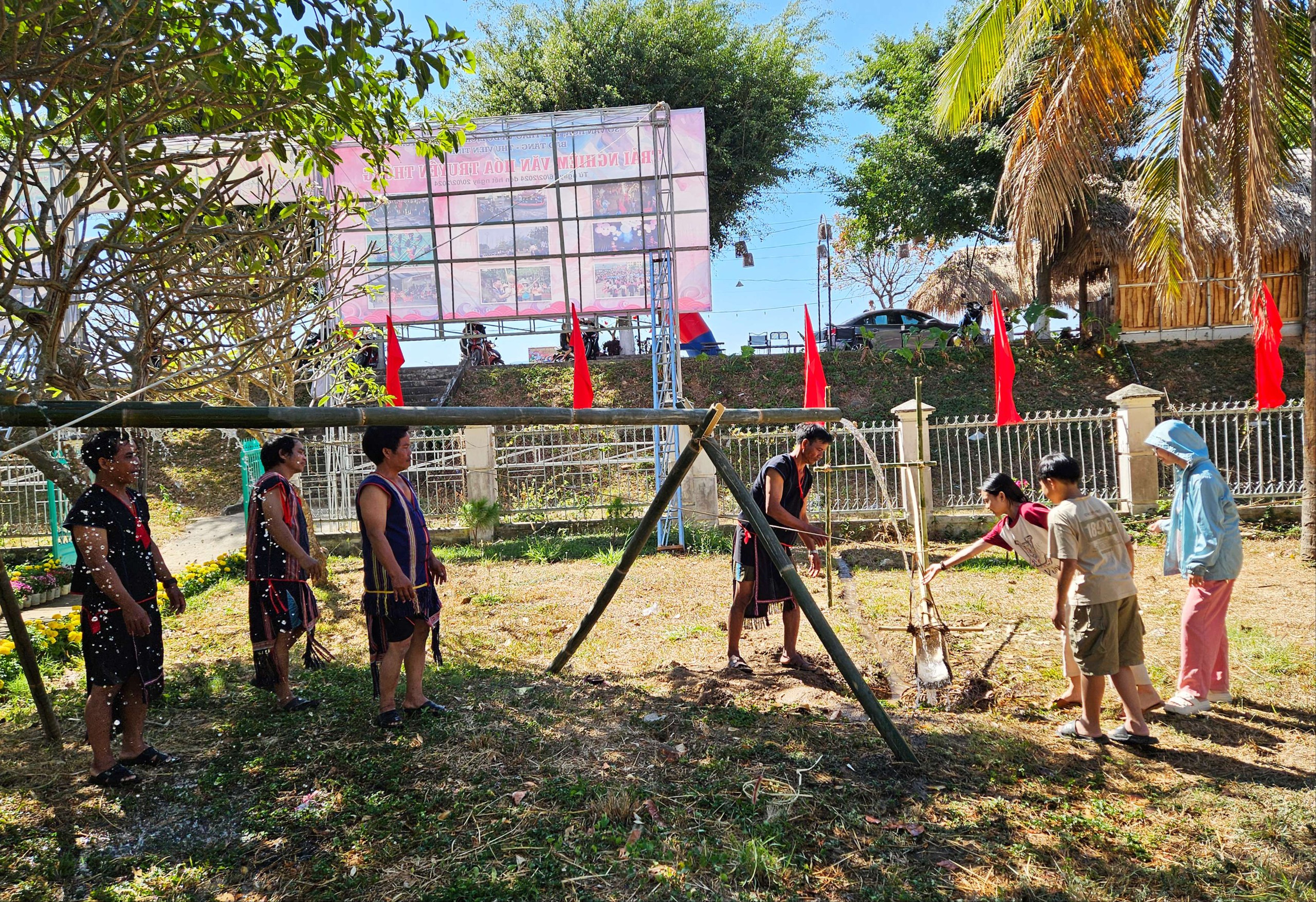
Headwaters to make T'rung water. Photo: TN
After much thought and dedication, a few years ago, A Huynh quietly found a way to rebuild the T'rung nuoc trellis on the farmland at the foot of Chu Tan Kra mountain, dozens of kilometers from home. His beloved father had passed away a long time ago, but all the things he had observed, learned, and grasped from him had helped his proud son "follow in his footsteps" with more confidence in experimenting and applying them. Right from the first attempt, A Huynh's T'rung nuoc trellis was successful. After a long absence from the community, the sound of T'rung nuoc resounded in the indescribable joy of the villagers.
After that time, the good reputation made A Huynh spare no effort to go to the neighboring province of Dak Lak to restore it according to the original model. The third time left a more special feeling, when he tried to revive the T'rung nuoc sound in the Provincial Museum, right on the occasion of the Giap Thin Spring Newspaper Festival 2024.
With the traditional structure, T'rung Nuoc consists of a water source, a sound-producing tube system and a weight that balances the gravity of the entire system. Accordingly, the water flow from above is led into the trough. When the water trough moves up and down, it impacts the main wire of the bamboo tube system, causing the bamboo tubes to shake and sway, creating sound.
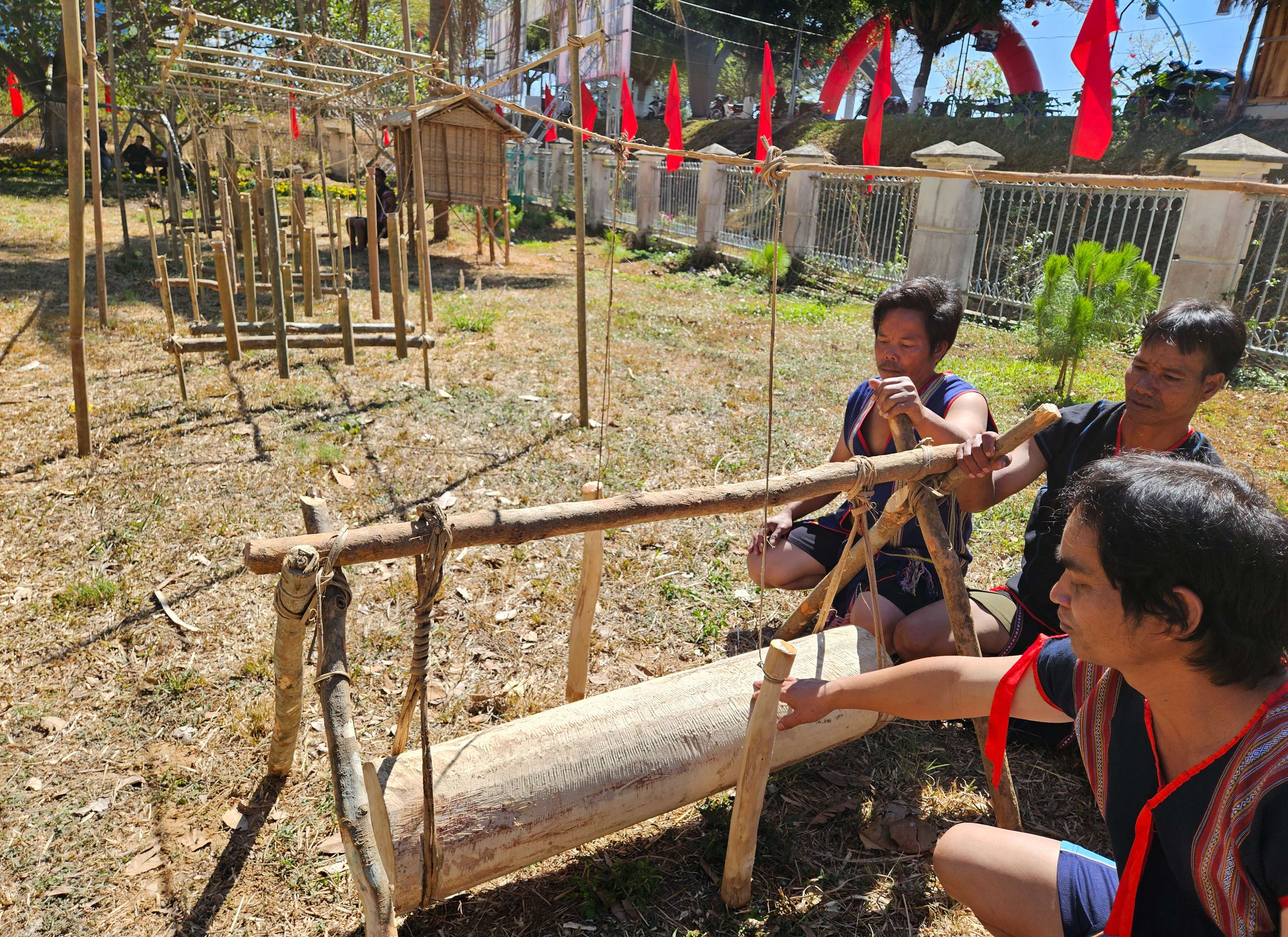
Unique small drums and soul pipes of T'rung water. Photo: TN
Through learning from A Huynh, it can be seen that the “soul” of T’rung Nuoc is the bamboo trellis made from bamboo, le, lo o and vines. The trellis is built on the ground in a rectangular shape, 1.5m wide and 7m long. On it, there are 8 horizontal pipes, each consisting of 4 lo o pipes of different lengths, hanging on the trellis frame.
There are many unique and interesting things related to the Gia Rai T'rung water. According to A Huynh, first of all, the bamboo tubes are not cut randomly, but are all intentional based on the "notes" from the scale of the traditional gong set as a standard. And each tube is carefully cut in the shape of a half-circle or along half the length of the tube to create a space for conducting and releasing air. When impacted by the string system above, these tubes do not hit each other, but touch a crossbar firmly placed below, emitting sound and creating a melody.
In addition, the main rope from the water source to the bamboo trellis, the gravity part as well as the entire rope used to tie the trellis, are all taken from a very special type of forest vine, called repo. Repo is a type of vine, found only in old-growth forests and often clings to large tree trunks. Its fibers are tough and very durable, so since ancient times, villagers have always used them to make huts.
A very unique feature that is noticed is that the Gia Rai people's T'rung Nuoc sound not only has the sound of bamboo, but is also mixed with the warm, slow accompaniment of the drum. The horizontal cylindrical drum is carved from a tree trunk, about 1m long, 2.5cm in diameter. When the bamboo frame is in operation, two small mallets take turns tapping on the drum body to make sound.
Although no longer popular in the daily life of the Gia Rai people due to changes in production practices and living habits, T'rung water still lives in the memories of the Gia Rai people in Sa Thay as beautiful and impressive memories of the talent and ingenuity of artisans who are always full of love for life. Therefore, the enthusiasm of young artisan A Huynh helps bring everyone an interesting feeling when they can "see with their own eyes and hear with their own ears" the sounds of the past, which is truly precious.
What he hopes is that with the effort to preserve national cultural values, there will be more opportunities for artisans to contribute their abilities and passion, joining hands to awaken traditional beauty that is facing the risk of being gradually covered by time.
Source



![[Photo] French President Emmanuel Macron and his wife begin state visit to Vietnam](https://vphoto.vietnam.vn/thumb/1200x675/vietnam/resource/IMAGE/2025/5/25/03b59c7613144a35ba0f241ded642a59)

![[Photo] Pink ball and table tennis](https://vphoto.vietnam.vn/thumb/1200x675/vietnam/resource/IMAGE/2025/5/26/d9f770bdfda243eca9806ea3d42ab69b)




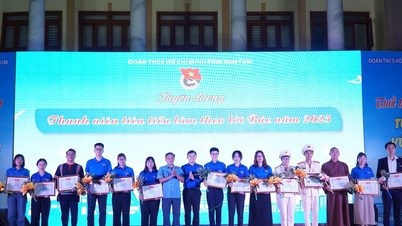

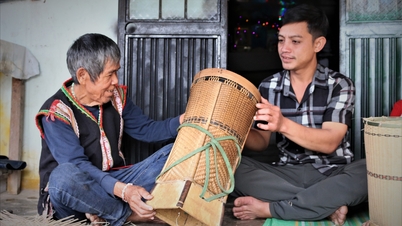


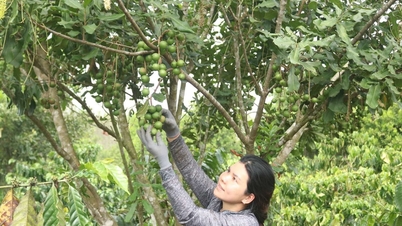


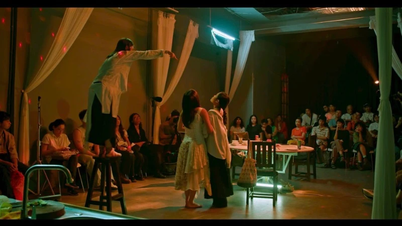

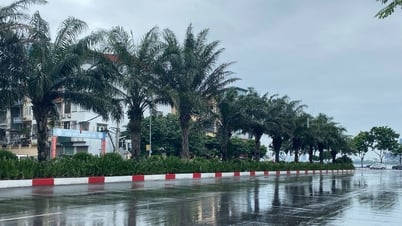

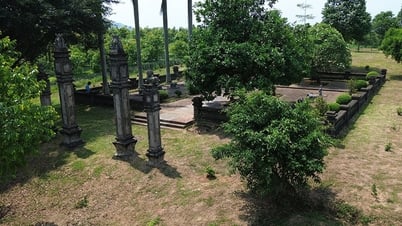



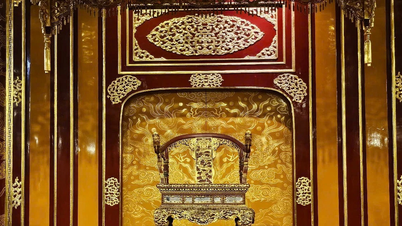












![[PHOTO] Hanoi fences off demolition of "Shark Jaws" building](https://vphoto.vietnam.vn/thumb/1200x675/vietnam/resource/IMAGE/2025/5/25/1b42fe53b9574eb88f9eafd9642b5b45)
![[Photo] Funeral of former President Tran Duc Luong in Quang Ngai](https://vphoto.vietnam.vn/thumb/1200x675/vietnam/resource/IMAGE/2025/5/25/ccf19a3d8ea7450bb9afe81731b80995)
![[Photo] Ea Yieng commune settlement project abandoned](https://vphoto.vietnam.vn/thumb/1200x675/vietnam/resource/IMAGE/2025/5/25/57a8177361c24ee9885b5de1b9990b0e)





























![[Infographic] Vietnam-France Comprehensive Strategic Partnership](https://vphoto.vietnam.vn/thumb/402x226/vietnam/resource/IMAGE/2025/5/26/986f63068ea9413dbbb558ee6c6944f3)












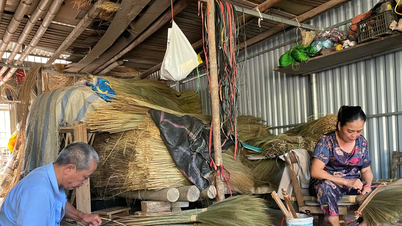

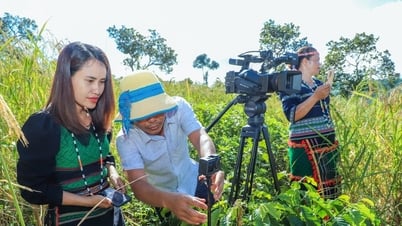






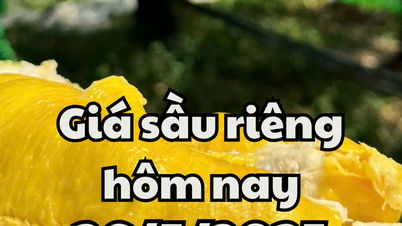











Comment (0)